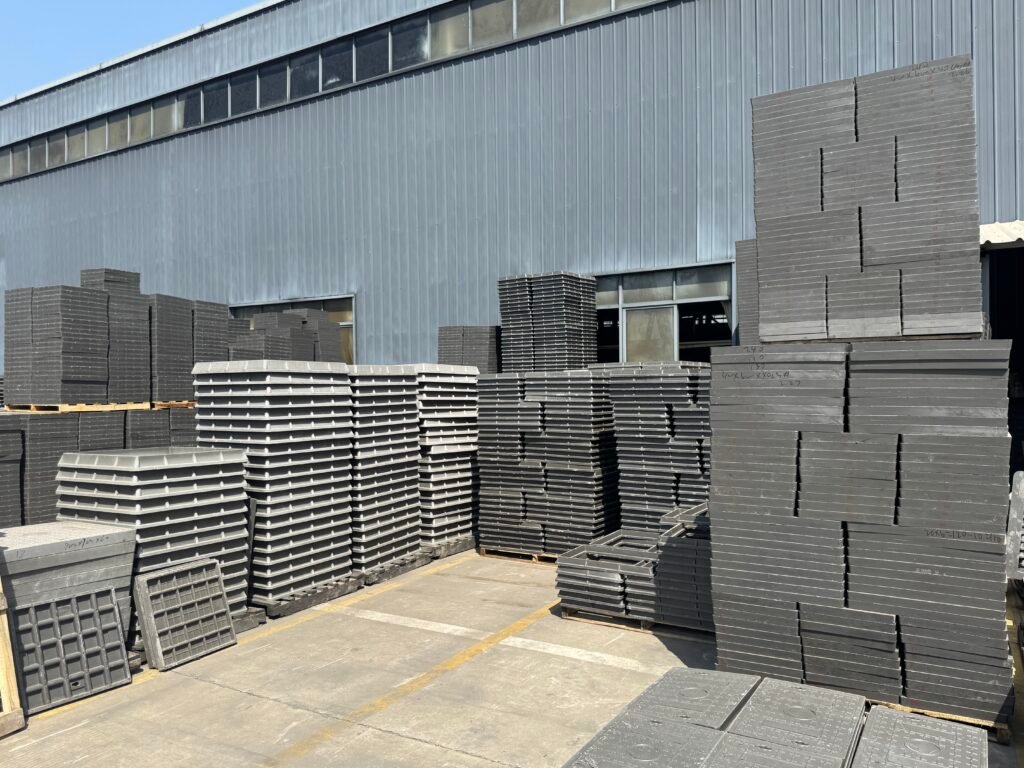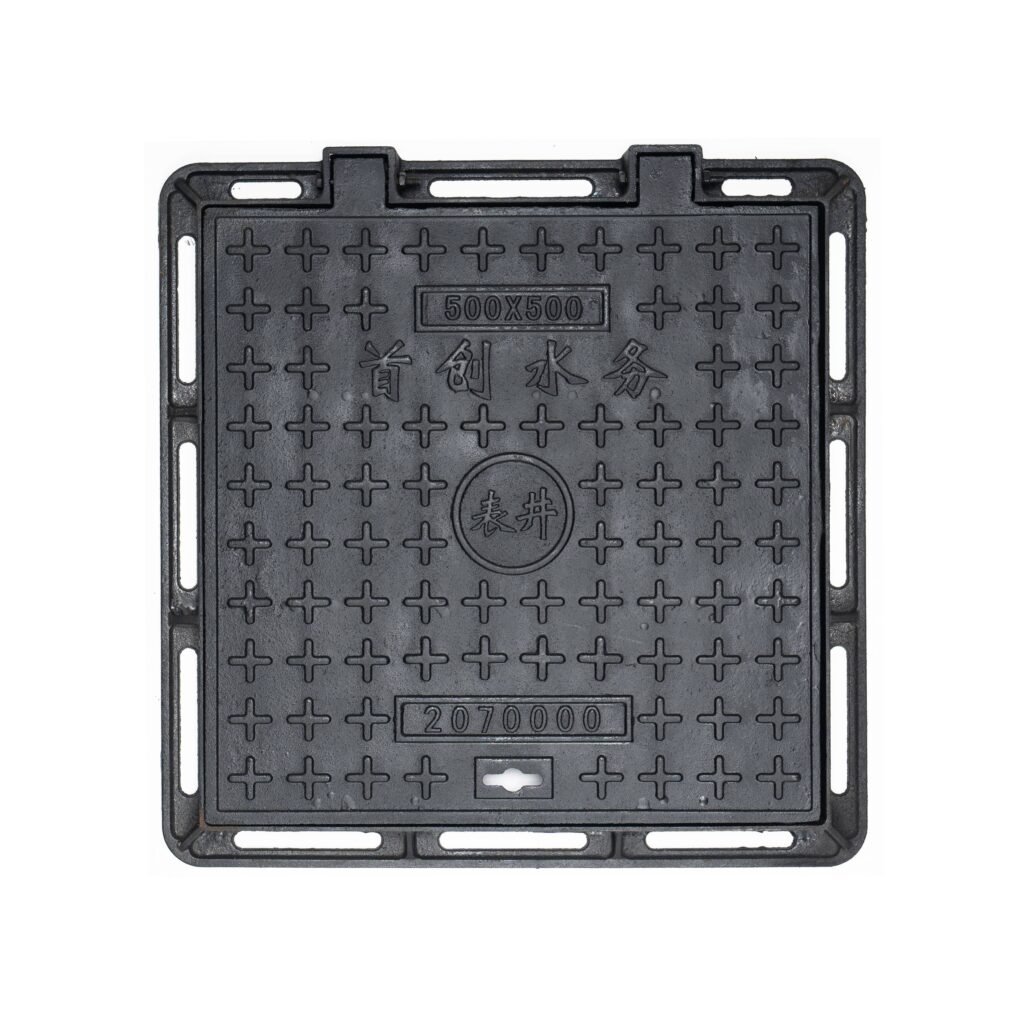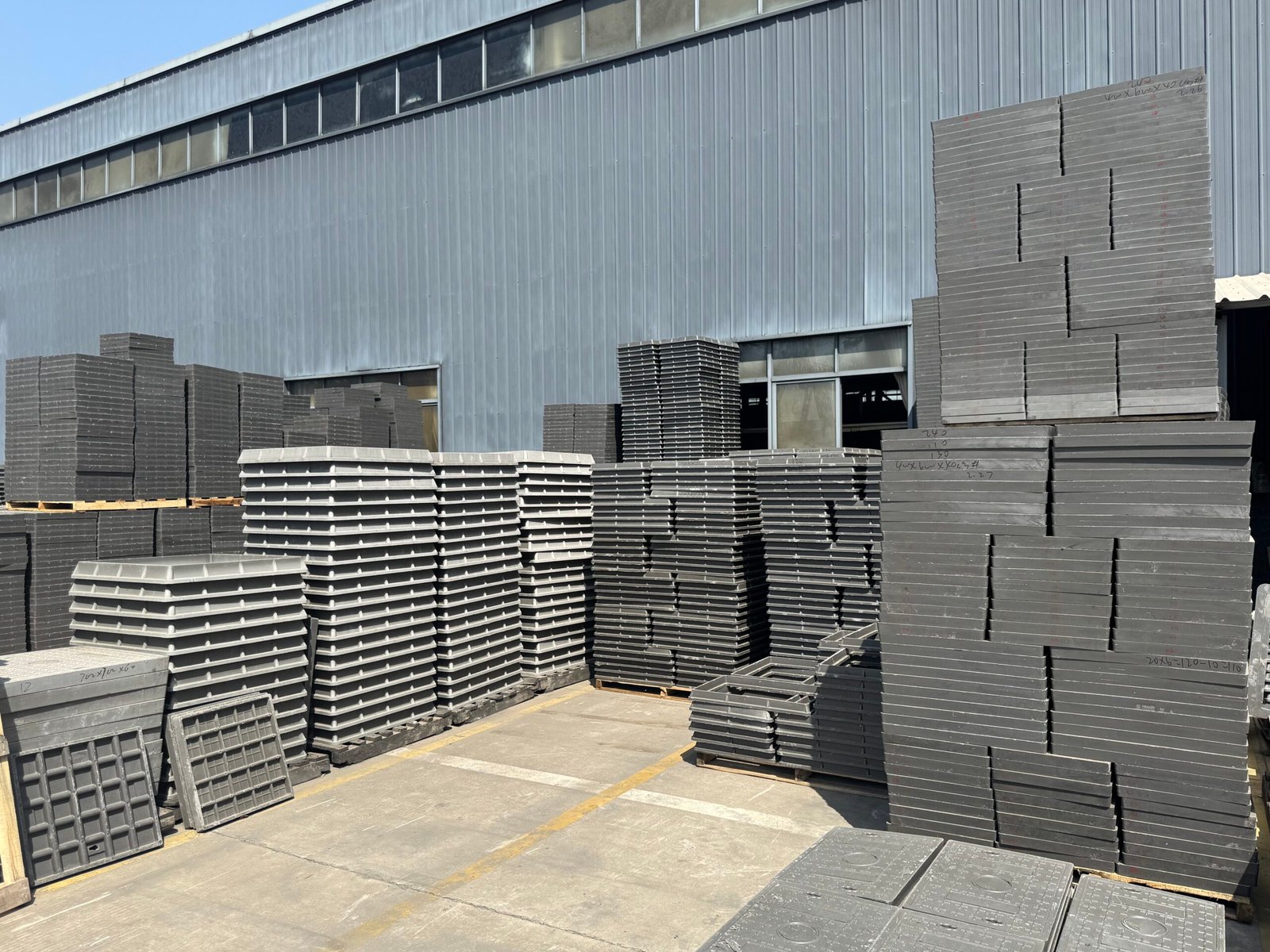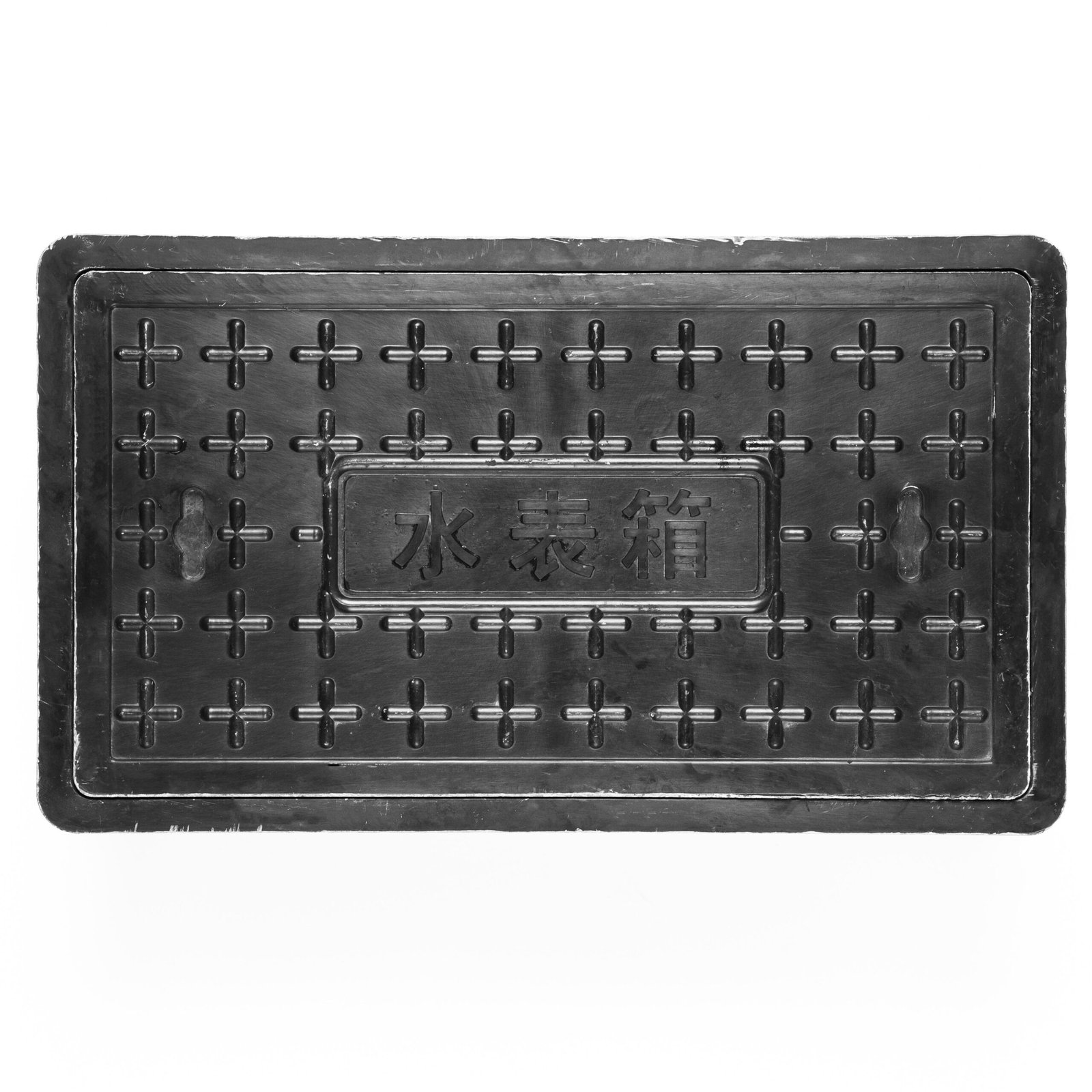In an era of escalating environmental challenges, innovation plays a pivotal role in addressing these issues. Ductile iron gully grates exemplify such innovative solutions. More than mere drainage components, they significantly enhance urban quality of life. This article explores how ductile iron grates foster environmental improvement and inspire infrastructure innovation.

Ecological Advantages of Ductile Iron Gully Grates
Modern cities face severe ecological threats, including flooding from climate change and increased rainfall. Ductile iron grates mitigate these risks by efficiently collecting and channeling stormwater, minimizing waterlogging and soil erosion. Their production utilizes eco-friendly materials, reducing environmental impact. Thus, they contribute to building resilient urban ecosystems.
Additionally, these grates reduce water pollution. Their specialized structure filters solid particulates and contaminants before they enter drainage systems, alleviating pressure on wastewater treatment facilities. This helps cities meet stringent environmental standards, positioning ductile iron grates as vital elements in sustainable urban development.
Innovative Technologies in Production and Design
Advanced manufacturing ensures durability and ecological safety. Producers actively use corrosion-resistant, mechanically robust materials with eco-certifications—incorporating recycled content and minimizing carbon footprints.
Design innovation is equally critical. Aesthetically integrated yet highly functional, grates enhance urban landscapes while optimizing drainage. Modular designs adapt to diverse architectural schemes, making them universal infrastructure components.
Continuous technological refinement guarantees efficiency and safety under intensive use, establishing them as premier solutions for sustainable, innovative cities.
Impact on Urban Microclimates
Ductile iron grates significantly improve urban microclimates. By managing stormwater flows effectively, they help lower ambient temperatures—crucial amid worsening urban heat islands and frequent extreme weather.
Efficient drainage reduces water stagnation, minimizing humidity spikes and creating comfortable habitats for urban flora/fauna. Integrated with green belts and water features, they expand green spaces and enhance ecological harmony.
These microclimate improvements directly elevate residents’ quality of life, fostering healthier, more livable cities.

Road Middle Treasure’s Role in Urban Infrastructure Development
Modern infrastructure must be both functional and adaptable. Ductile iron grates are key to developing systems that tackle emerging challenges. Their high reliability and strength suit diverse environments—from residential to industrial zones.
Integration into existing drainage systems slashes maintenance costs, freeing resources for other urban projects. Durable materials ensure extended lifespans, aligning with sustainability principles. Their innovative, eco-conscious design makes them indispensable in modern urban planning, advancing both ecological and economic progress.
Economic and Social Benefits
Beyond environmental gains, ductile iron grates deliver economic value. Reduced maintenance lowers operational costs, offering cities cost-efficient resource utilization.
Social benefits are equally profound: cleaner, safer environments boost resident satisfaction and reduce social tensions. Production, installation, and maintenance create new employment opportunities.
Successful integration sets precedents for global adoption, strengthening market positions and improving ecological resilience worldwide.
Prospects and Future Development
Given their multifaceted advantages, ductile iron grates hold immense potential. Ongoing innovation will enhance their efficiency and reliability.
Growing environmental initiatives and urban sustainability plans will amplify demand. As megacities expand, high-performance drainage systems become non-negotiable.
Investing in such advanced solutions grants cities a competitive edge in becoming paragons of sustainability. Urban futures hinge on integrating these innovations into infrastructure projects.




